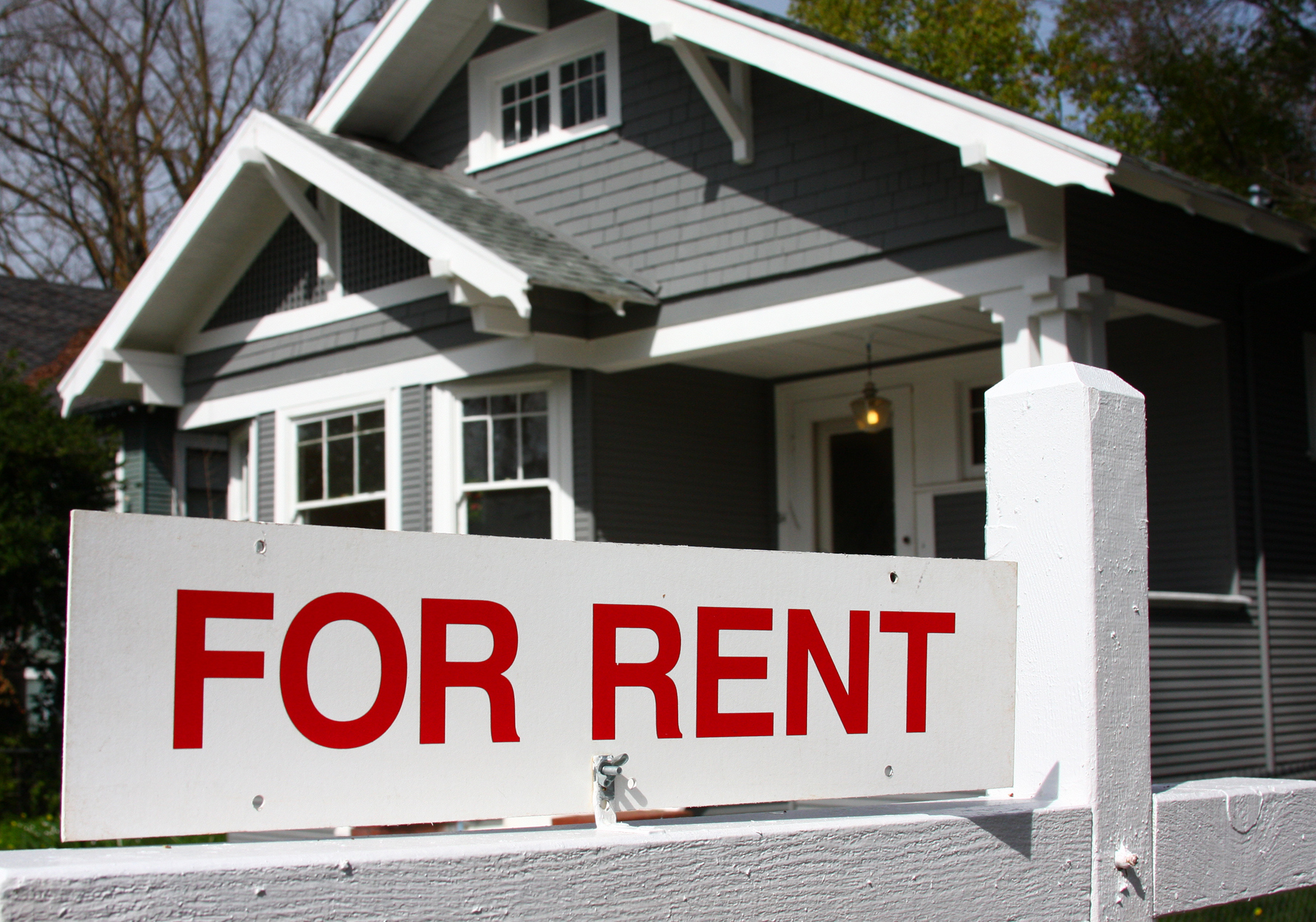Seasoned real estate investors are adept at identifying up-and-coming markets and securing high-potential property deals. No matter how many times an investor goes through this process, there is always a decision to be made: Would this property work better as a flip or a rental?
The answer isn’t straightforward and will vary from deal to deal. However, there are a few factors that investors consider when analyzing their options and determining the best path forward.
Risk Tolerance
Renting and flipping both contain risks. The degree and type of risk vary significantly. However, investors can implement mitigation strategies to protect themselves from the worst outcomes.
In the buy-and-hold strategy, risks come from the long-time horizon. Investors are far more likely to encounter problems, such as costly vacancies and repairs the longer a property remains in their hands. Renting also invites risks of non-payment or tenants damaging the property.
Investors can reduce their risk by implementing a thorough tenant vetting process. Property management firms can provide due diligence services and recommend high-quality tenants. Property owners themselves can require tenants to purchase interested party renters insurance as an additional protection against damage.
Flipping, on the other hand, carries immense risk upfront. Since the time horizon is shorter, property market fluctuations have a larger impact on the bottom line. Buying at the top of a bubble could lead to significant losses.
Cost estimates are another unpredictable factor. If margins are thin, unanticipated rehabilitation costs can eliminate any potential profits.
Short-term rentals also enable investors to wait out the market if prices take a sudden downturn.
Tax Implications
Flipping and renting generate two types of income, which are taxed at separate rates. Rental income is classified as passive income. Thus, the IRS imposes a lower tax rate. Investors can also write off expenses related to property maintenance or management fees.
Flipping is a source of active income and is charged at the higher earned income tax rate. If the property is bought and sold within a year, then the IRS also applies a higher rate on any profits from the sale.
Taxes on flipping are also more complex. Investors who buy and sell multiple properties may be taxed as a business, which comes with higher tax rates. This also prevents investors from capitalizing on benefits given to individual investors, such as the ability to roll gains into the next property purchase.
Market Trends
Investors weighing the strategy to take with a newly acquired property can take into account factors that influence the local and national housing market.
Properties in a seller’s market have the potential to provide unmatchable returns, as dwindling inventory can push buyers to pay above market rates. On the other hand, high-interest rates or an economic downturn may heat up the rental market as people look for more flexibility.
Local Regulations
The rental market is often regulated at the local level. These terms can affect the value of a buy-and-hold property. For example, in many markets, short-term vacation rentals yield a higher return than long-term rentals.
However, short-term rentals may have different regulations than long-term tenancies. Some cities may even outlaw this type of property altogether, or impose permitting and licensing requirements.
Some municipalities also regulate factors that could affect an investor’s bottom line, such as caps on year-to-year rent increases.
If local regulations are too costly for investors to navigate, flipping may be a more viable option.
Other Real Estate Holdings
Investors managing a portfolio of properties can leverage equity and cash flow by combining both buy-and-hold and flipping strategies.
This eliminates some of the risks associated with each strategy individually. For example, move-in ready buy-and-hold properties can serve as a stable investment vehicle for the cash generated by rental properties.
Additionally, investors can tap the equity in owned properties to finance repairs, cover mortgage costs due to prolonged vacancies, or invest in additional properties.
The BRRRR method of refurbishing and renting out distressed properties also combines aspects of both strategies. In this method, investors rent a property under a short-term lease and refinance the equity to invest in another property.
This method can add a source of recurring income that allows investors to spread their risk across multiple properties.
Investors with a diverse real estate portfolio can also take advantage of diverse tax strategies to offset tax liabilities with losses. Depreciation costs from a rental property can reduce overall tax obligation, which can increase due to a profitable flip. Home equity loans are also a way to access funds without triggering tax obligations.






















0 Comments